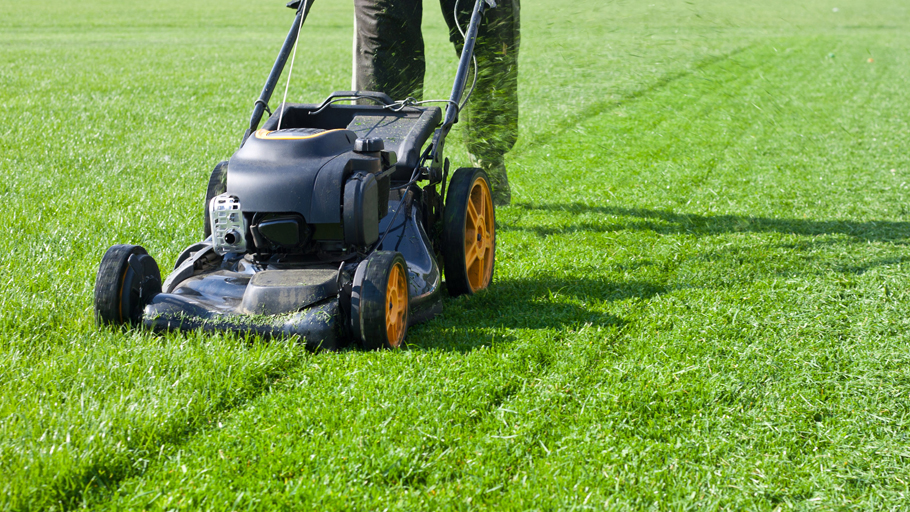Some Common Lawn Care Tips
Mowing
The ideal situation is to set your lawnmower, so you get small grass clippings left on the ground after mowing. These small clippings are essential to your lawn’s natural health. These clippings serve as food for worms in the soil below. The worms then digest these clippings, which then, in turn, serve as a natural fertilizer for your lawn.
Ideal cutting height is at approximately 1 inch of grass each time you mow. To prevent large clumps of grass that will suffocate and kill your lawn, do not exceed 2 inches.
* Cutting your grass too short in the summer could kill your lawn. It will result in burning and drying of the roots and you will start to notice yellow patches where the grass has started to die.
Watering
Frequency and saturation is an important key in your lawn’s root development. Infrequent or insufficient watering can cause grass roots to develop close to the top of the soil and make your lawn more susceptible to weeds. For a healthy looking lawn, you must water at least 2-3 times a week for a couple of hours each time.
* Watering is not all that your Turf needs. Turfgrass, as well as bedding plants, require nourishment to stay healthy. Keeping a well-fertilized lawn will produce a thicker turf, richer, more vibrant colour, and helps reduce the amount of weeds that can invade your lawn.
Over-seeding
A thick healthy lawn is the best defense against weeds, disease, drought and insect damage. Over-seeding can quickly repair a lawn that is thin and patchy from winter damage, insects, fertilizer burns and more.
* For yellow patches in lawn add a good triple mix topsoil with some organic manure and spread it lightly over your grass with quality grass seed and organic lawn fertilizer to achieve premium results.

